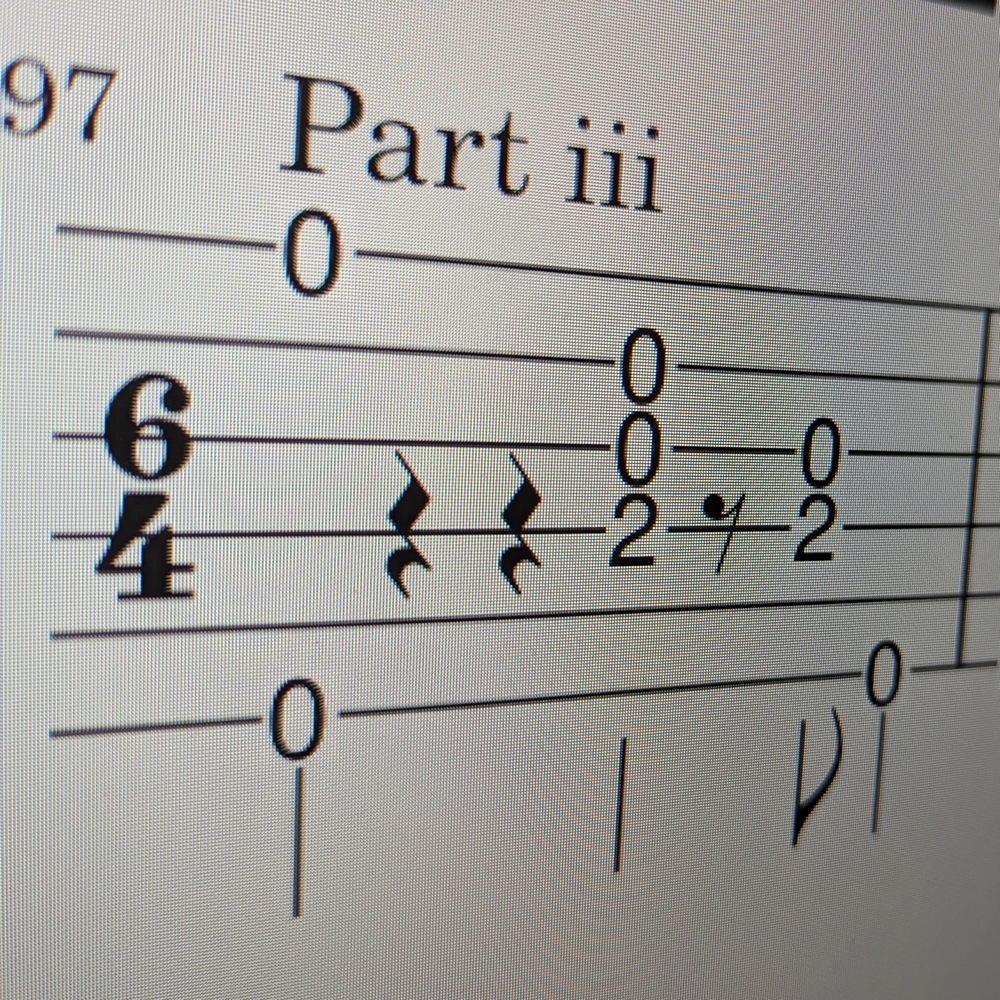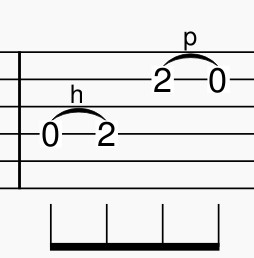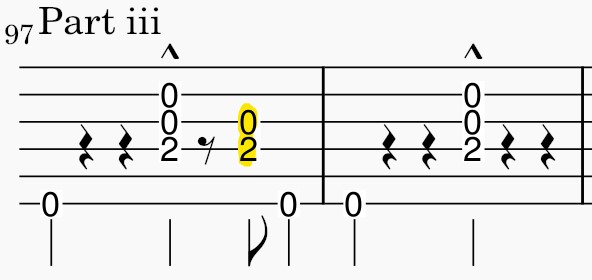That's a quote often spoken at work, along with its converse "Standardisation is the enemy of constant improvement". Both are good in their own way - constant improvement - who doesn't like improvements that makes things better? But standardisation - who doesn't like it when things are expected, dependable, working fine and don't change?
In the past coupla decades I have been playing guitar I have honed down a number of techniques/sounds that I use all the time. That's my standardisation shining through. Not only does it make arranging new songs easier - just go to my existing bag of tricks - but it also means I have a signature sound. Dependable, expected. In my arranging of "Shine On You Crazy Diamond" (quite an undertaking) there has been a few tricky parts, for instance the chord 5-4-4-x-2-x (a B7 variant) I had already played in another song - but you'd always go for the much simple 2-0-2-1-2-x for B7 except where you want the high A on top for the melody. It's quite an unnatural chord shape, but doable.
There is however one section, right at the start of Part iii (on the studio recording it is at 6:33 mm:ss) where Dave plays this unique little riff underneath Rick's synth work (occurs again at 6:44 and a few more times after that). Looking at it, there is nothing sinister going on, it's just this unusual actually quite haunting 4 notes. Dave really did some amazing stuff on that song. In the context where he is using it, over a minor chord, it is essentially b7(below)-1-6-5. It is feels related to those four famous notes, which are 1-b7-3-6. Looking at it in tab, with a hammer on and pull off, it's straight forward:
But now let's look at it in context. First up, the key signature is 6/4, I've put my usual style into it, bass note on beat 1 and snare/flick chord halfway through the bar. This is interesting because this is establishing a polyrhythm already, bass->snare on beats 1->4 grouping together 3 beats rather than a 4/4 grouping 2 beats.
(Notice that I put in a one beat pre-bass note in, gives it some groove, but also that tiny chord fragment in an eight note before it (in yellow) which for me is like a dreamy echo from the "snare" hit.)
Let's add in Rick soulful synth work. This is right at the start of Part iii so it is establishing the vibe, coming in with just a few notes, but each one punches hard. I've noticed throughout this song that both Rick and Dave use beats 5 and 6 a lot in their expression. It's what makes this such a great song. The start of many bars is unassuming, and then there is a busyness in the end, carrying you into the next bar.
So now let's look at it in context. Dave comes in on beat 6 and the four note riff ends in beat 1 of the next bar. What on earth is that? I can't explain what is going on here musically, but it is sooo good! There are two quite separate, distinct parts that are sitting on top of the bass/rhythm, really playing up on the polyrhythm making it sound so rich:
Ok so we know what is going on, what's the problem? Well it's so unusual it doesn't fit in my standard techniques, it's not a standard chord spacing or even a standard melody feel in a chord. It's just weird and hard to play. It requires constant improvement.
To start with I omitted it altogether, but it was sorely missed. I put in the second two notes, while weird it was pretty easy to get under my fingers. But those first two notes just really really needed to be there. It completes the feel.
I have played the two bars over and over. It's not sinking in. Because constant improvement is the enemy of standardisation.
I will keep trying.
I won't be doing it on the second iteration, that involves a slide and a hammer on at the same time. I had a crack - nope, that is not something I need in my toolkit. At least not yet. The third iteration I have omitted -except that bar is pretty quiet so I shifted it to begin on beat 5 rather than beat 6, very easy to play and in fact I quite like it there because it really stands out. Shifting melodies in time is 100% okay as a fingerstyle arranger, you either come in early and space it out, or come in late and speed it up, I do both all the time to create a bit of variation in otherwise repeated melodies.
(Yep, my desire is for constant improvement but my laziness and pragmatism usually ends with standardisation.)





No comments:
Post a Comment